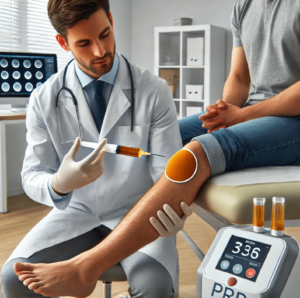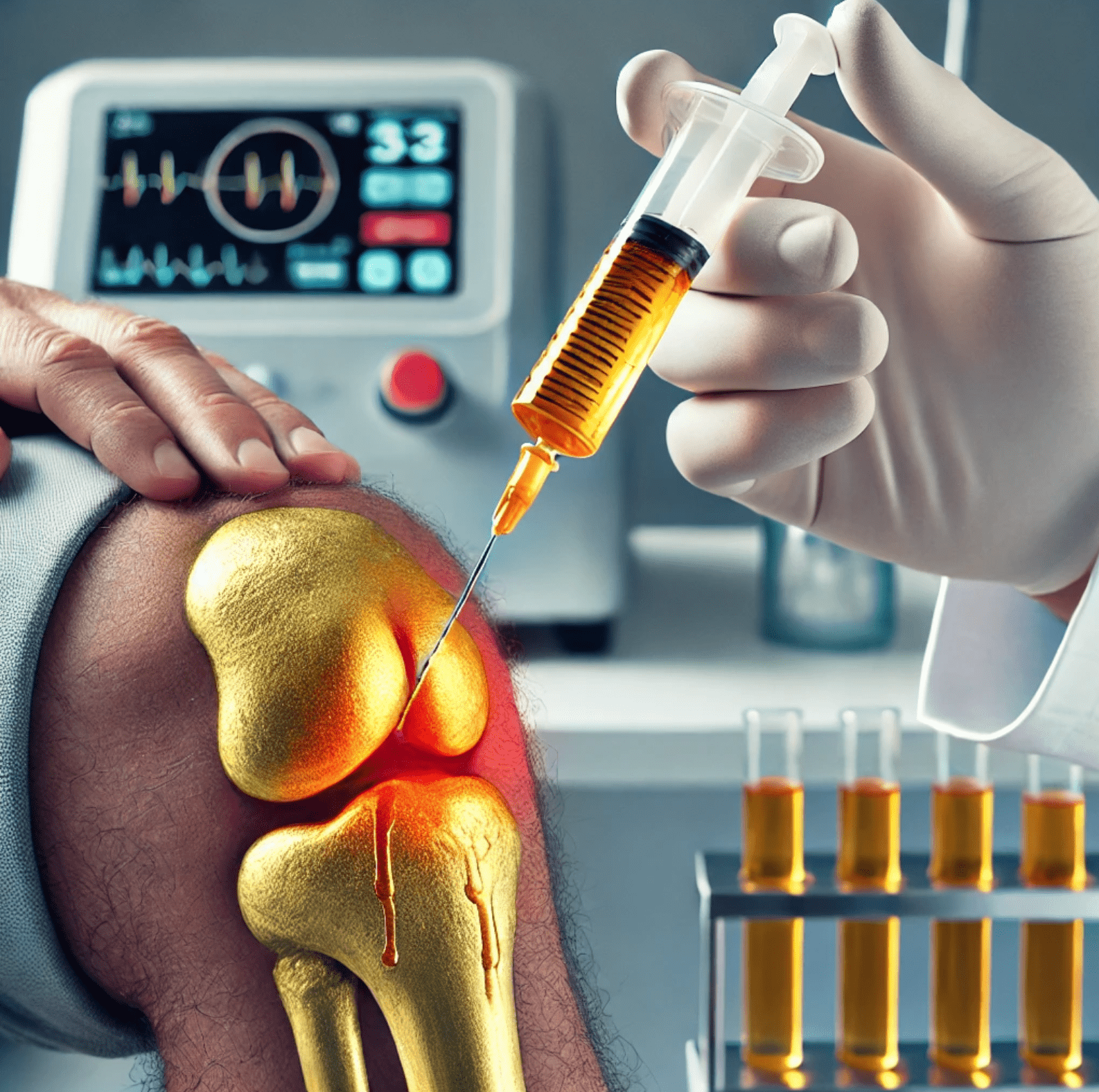Platelet-rich plasma (PRP) therapy has gained attention as a promising treatment for arthritis. By using the patient’s own blood, PRP injections deliver concentrated platelets to damaged joints, encouraging tissue repair and reducing inflammation. At Dr. Angelique Hart’s clinic, PRP is employed as a safe and natural alternative to conventional arthritis treatments.
This therapy involves drawing a small amount of blood, processing it to concentrate the platelets, and then injecting the PRP directly into the affected joint. The platelets release growth factors that stimulate the body’s natural healing processes, promoting regeneration of damaged cartilage, ligaments, and tendons. This treatment is particularly effective for osteoarthritis, tendonitis, and other inflammatory joint conditions.
**How PRP Works for Arthritis**
PRP therapy leverages the healing properties of platelets to enhance tissue repair. When injected into an arthritic joint, the concentrated platelets stimulate the release of growth factors, which:
– Encourage collagen production.
– Reduce inflammation.
– Speed up the healing process of injured tissues.
The therapy is minimally invasive, making it an attractive option for patients seeking alternatives to surgery or long-term medication use.
**Benefits of PRP for Arthritis**

– **Pain Relief**: PRP therapy has been shown to alleviate joint pain, offering relief for arthritis patients.
– **Natural Healing**: Since the treatment uses the patient’s own blood, it minimizes the risk of allergic reactions or side effects.
– **Enhanced Joint Function**: PRP helps improve the function of arthritic joints by stimulating the repair of damaged tissues.
– **Long-Lasting Results**: Many patients experience prolonged relief from arthritis symptoms, with some reporting significant improvements in mobility and pain levels.
** PRP And Arthritis, The Procedure**
The PRP treatment process is straightforward:
- The doctor draws a small amount of blood from the patient.
- They process the blood to separate the platelets from other components.
- They inject the concentrated platelet-rich plasma into the targeted joint under guided imaging for precision.
- Most patients return to daily activities shortly after the procedure.
**Conditions Treated with PRP**
PRP therapy is commonly used for:
– Osteoarthritis (especially in the knees, hips, and shoulders)
– Rheumatoid arthritis
– Tendonitis
– Ligament injuries
Patients with mild to moderate arthritis may benefit most from PRP therapy, experiencing less pain and improved joint function over time.
**FAQs**
1. How long does it take to see results?
Initially, most patients begin to notice improvement within 2 to 6 weeks. Moreover, full benefits are often achieved after several months.
2. Is PRP therapy painful?
At first, there may be some discomfort during the injection; however, it’s generally well-tolerated. Additionally, any post-injection soreness typically subsides within a few days.
3. How many treatments are needed?
Generally, many patients require one to three treatments, depending on the severity of the arthritis. Furthermore, the number of treatments may vary based on individual conditions.
4. Are there any side effects?
Since PRP uses the patient’s own blood, side effects are rare. Nevertheless, some mild swelling or discomfort at the injection site may occur, though it usually resolves quickly.
5. Can PRP be combined with other treatments?
Indeed, PRP therapy can complement other treatments such as physical therapy, medications, or hyaluronic acid injections. Consequently, this combination can enhance the overall effectiveness of treatment.
6. Is PRP therapy covered by insurance?
In most cases, PRP therapy is considered experimental and, as a result, is not covered by insurance.
In conclusion, PRP therapy offers a cutting-edge, natural approach to treating arthritis and joint pain. Furthermore, it helps patients regain mobility and reduce discomfort. Therefore, for those seeking a holistic, minimally invasive treatment option, PRP injections may provide significant relief from arthritis symptoms.
- Arthritis-health explains that PRP injections have shown positive results in reducing pain and stiffness, especially in conditions like knee osteoarthritis. Clinical studies have demonstrated improvements in joint function, particularly after 6 weeks to 3 months, with some patients experiencing prolonged benefits even after a year
- WebMD highlights several studies showing that PRP therapy significantly reduces pain and improves physical function for patients with arthritis. These benefits can last for up to 12 months, making PRP a promising option for those looking for non-surgical treatments
